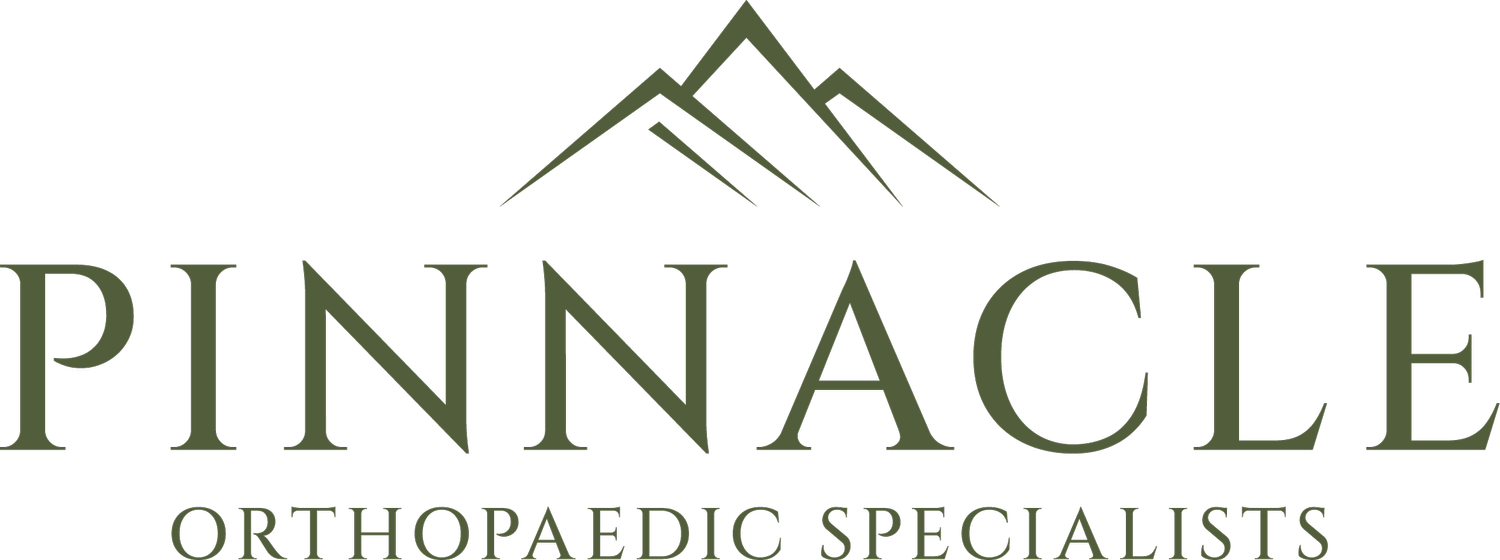What is an ACL injury?
What is the ACL?
The Anterior Cruciate Ligament (ACL) is one of the key stabilising ligaments in the knee. It connects the femur (thigh bone) to the tibia (shin bone) and plays a crucial role in preventing the tibia from sliding forward under the femur. The ACL also contributes to rotational stability, particularly during twisting or pivoting movements.
How Do ACL Injuries Occur?
ACL injuries are common in sports that involve sudden stops, changes in direction, or jumping—such as football, netball, basketball, and skiing. Most tears occur without direct contact and are often accompanied by a popping sound, swelling, and a feeling that the knee has “given way.”
Diagnosing an ACL Tear
An ACL tear is usually diagnosed through a combination of:
Clinical examination by an experienced orthopaedic surgeon
MRI scan to confirm the injury and assess for associated damage to cartilage or menisci
Treatment Options
Non-Surgical Management
For less active individuals or those without significant instability, physiotherapy and activity modification may provide adequate relief. This path focuses on strengthening the muscles around the knee to improve function and stability.
However, for younger or more active individuals—especially those who wish to return to pivoting sports—surgical reconstruction is usually recommended.
ACL Reconstruction Surgery
ACL reconstruction involves replacing the torn ligament with a graft, typically using:
Hamstring tendons
Patellar tendon
Quadriceps tendon
The graft is secured to the bone using modern fixation techniques and over time integrates with your natural tissue. Surgery is typically performed arthroscopically (keyhole technique) as a day procedure or overnight stay.
Recovery and Rehabilitation
Rehabilitation is critical to a successful recovery and typically includes:
Early physiotherapy to regain motion and reduce swelling
Use of cryotherapy
A structured strengthening program
Gradual return to sport, usually around 9–12 months post-surgery
Return to full activity depends on meeting certain strength and functional milestones to reduce the risk of re-injury.

